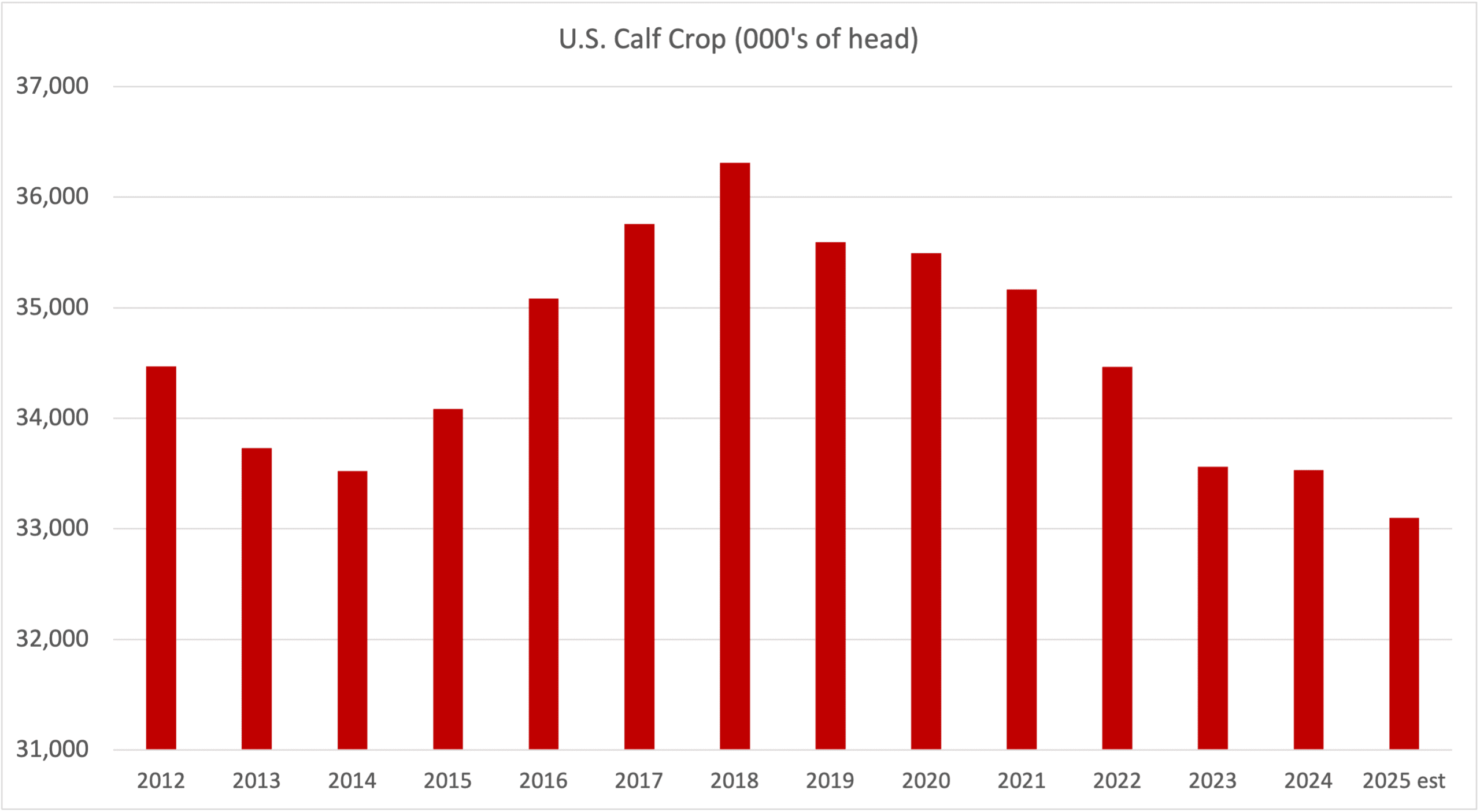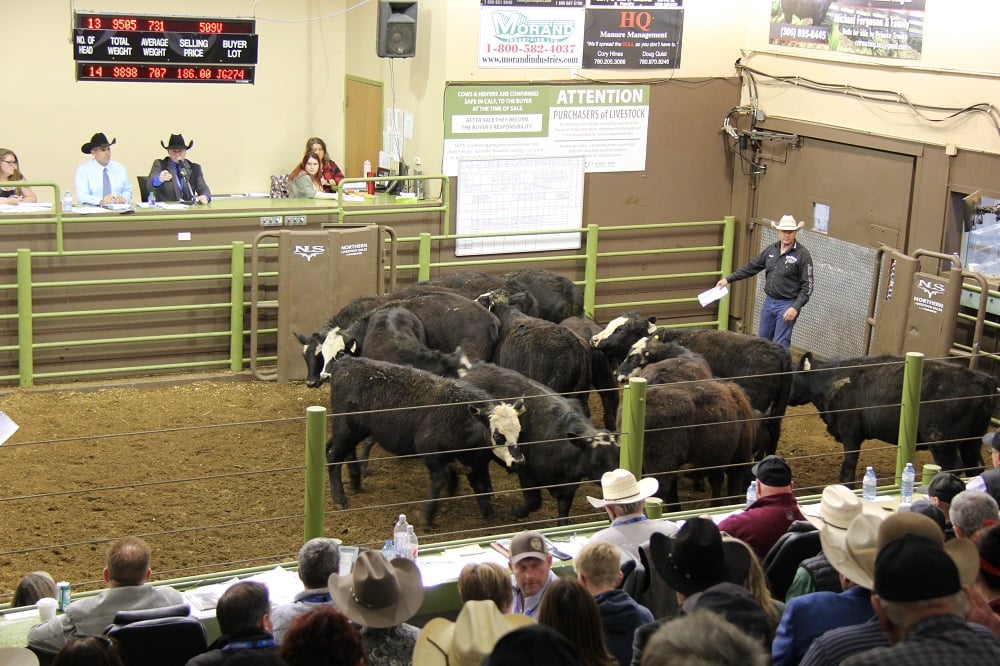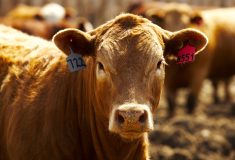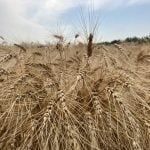U.S. consumers in 2023 can anticipate greater availability of pork, broiler meat and turkey but less beef. Demand for all proteins will largely depend on consumer concerns about inflation and whether the U.S. economy has moved into a recession. Beef demand at retail and food service is robust. Beef currently has an advantage over pork and chicken at retail as average retail prices are trending below year-ago levels, while pork and chicken prices are trending higher. Beef prices are currently at their most competitive with the competing meats since 2017.
U.S consumer demand for beef, pork and chicken was strong before the onset of the COVID-19 pandemic in early 2020. But it got even stronger as U.S. consumers stayed at home and cooked a lot more, especially beef as their meat treat to compensate for not going to their favourite steakhouse. Beef retail prices eventually reached record-high levels in October 2021. USDA’s All Fresh beef price averaged US$7.55 per pound and its Choice price averaged US$7.90 per pound. They began to decline after that and in September this year averaged US$7.32 per pound and US$7.60 per pound, respectively. These were down 1.1 per cent and 3.4 per cent, respectively, from September 2021.
Of special interest is that retail demand for high-quality beef remains strong. The two largest sellers of USDA Prime beef, Costco and Walmart, both report that sales remain very robust. This is reflected in the price spread between the Prime and Choice beef wholesale cutouts reported by USDA each week. For the week ended October 28, the spread was US$86.44 per cwt after hitting a record of US$91.46 per cwt the week ended September 23. The bottom line is that American consumers continue to pay more for high-quality beef at both retail and food service, with the latter sector having mostly recovered sales and foot traffic after the effect of the COVID-19 pandemic.
Read Also

Factors influencing cattle feeder market during the fall of 2025
Market analyst Jerry Klassen weighs in on live cattle markets
Cattle feeders and packers will face tighter cattle supplies in 2023. The January 1, 2023 U.S. cattle herd total might be down 2.4 million head from January 1 this year to only 89.5 head. This goes against the current cyclical peak of 94.8 million in 2019 and would be the lowest cattle inventory since 2015. The decline is mostly due to severe, widespread drought and high input costs at the ranch and farm levels. These factors have forced cattle producers to liquidate some of their beef cows and put more heifers in feedlots. U.S. female slaughter will be over 800,000 head larger by the end of the year.
[RELATED] Fed cattle market struggles, feeder exports seen slower
Americans will have ample protein supplies to choose from in 2023. Total red meat and poultry disappearance (consumption) is projected to be 224.9 pounds per capita, versus an estimated 225.2 pounds in 2022. This will reflect the 11th consecutive year of record broiler production and the recovery of turkey production from the effect of avian influenza. Red meat disappearance is forecast at 109.3 pounds, down 1.6 per cent, as lower beef supplies offset an increase in projected pork production. USDA currently has 2023 beef production at 26.34 billion pounds, versus an estimated 27.01 billion pounds in 2022.
More ‘Prime Cuts’ with Steve Kay: Beef exports add huge value
U.S. beef exports are one of the top stories in the U.S. beef industry in recent years. Exports topped $1 billion in seven out of eight months to the end of August this year. For the first eight months, beef exports increased five per cent from a year ago to one million metric tons, valued at $8.23 billion, 24 per cent above last year’s record pace. The U.S. beef industry will be hoping this pace continues in 2023.
















